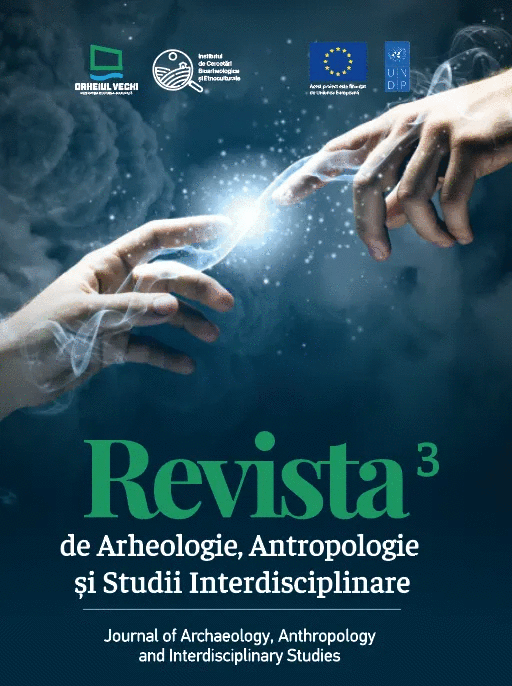Башня Неоптолема, Нижнеднестровский вал и Никоний по картам и разведкам середины ХІХ века
Tower of Neoptolemus, Lower Dniester rampart and Nikonion according to maps and surveys of the middle of the 19th century
Author(s): Igor V. SapozhnikovSubject(s): History, Archaeology
Published by: Bons Offices – Casa Editorial-Poligrafică
Keywords: ancient geography of the North-Western Black Sea region;cartography;localization of the settlements and other sites;prof. P. V. Becker;surveys of the 1840s;Tower of Neoptolemus;Hermonaktov villa;
Summary/Abstract: The problems of ancient geography of the Northern Black Sea region, in particular the localization of settlements and other objectives mentioned by ancient authors, were traditionally carried out «remotely» by armchair scientists and only since the beginning of the 19th century. The tradition of their search was born not only on old maps, but also on the ground. One such survey was carried out at the end of 1840 by Professor P. V. Becker from Odessa, which gave the most interesting results in two areas: in the basin of the Budak estuary and on the left bank of the Dniester estuary from Cape Otarik to the village Buzinovatoie (Roksolany). It is noteworthy that in the fall of 1852, on behalf of the Russian Archaeological Society, its member A. A. Sibirskiy made an inspection trip to both areas and recommended excavations in one of them, at the ancient settlement of Nikoniy. Although these studies did not take place, the materials of these archaeological surveys, which are of certain interest, have not yet received proper scientific evaluation. So, in the first area P. V. Becker described the remains of a round tower, accidentally found on the southern outskirts of Belen’koe village, which he compared with the Tower of Neoptolemus. He immediately registered the remains of the ancient Roman rampart, which is now called the Lower Dniester rampart, and a number of barrows, including the largest of them – the Kishla (the Popova Mogila). In the second area, the scientist examined a large settlement, which he compared to Nikonion, revealed many artifacts, cut stones from buildings and he wrote down information regarding a former stone tower. Later A. S. Uvarov and V. I. Goshkevich conducted here surveys and made a plan of the place, which confirmed the correctness of P. V. Becker’s conclusions, and also revealed the remains of a rampart and towers, antique and Roman necropolises on Nikonion.
Journal: Revista de Arheologie, Antropologie și Studii Interdisciplinare
- Issue Year: 3/2021
- Issue No: 1
- Page Range: 191-220
- Page Count: 30
- Language: Russian

